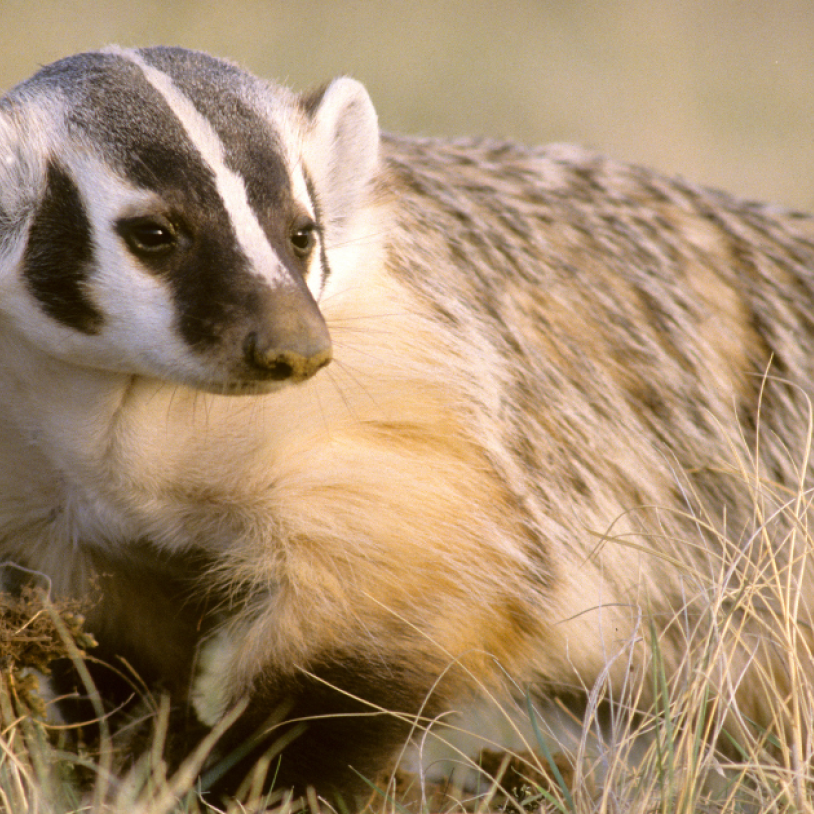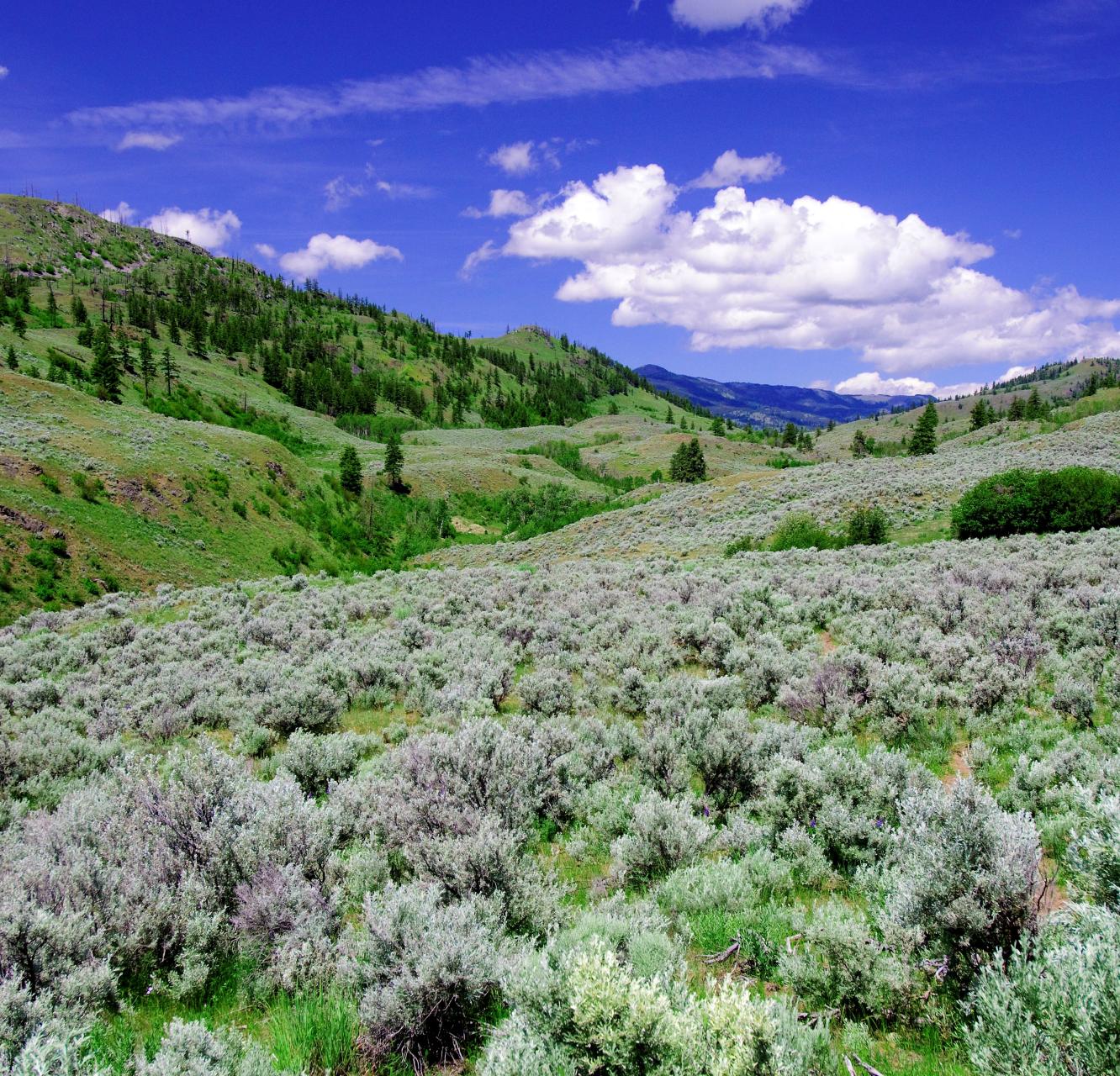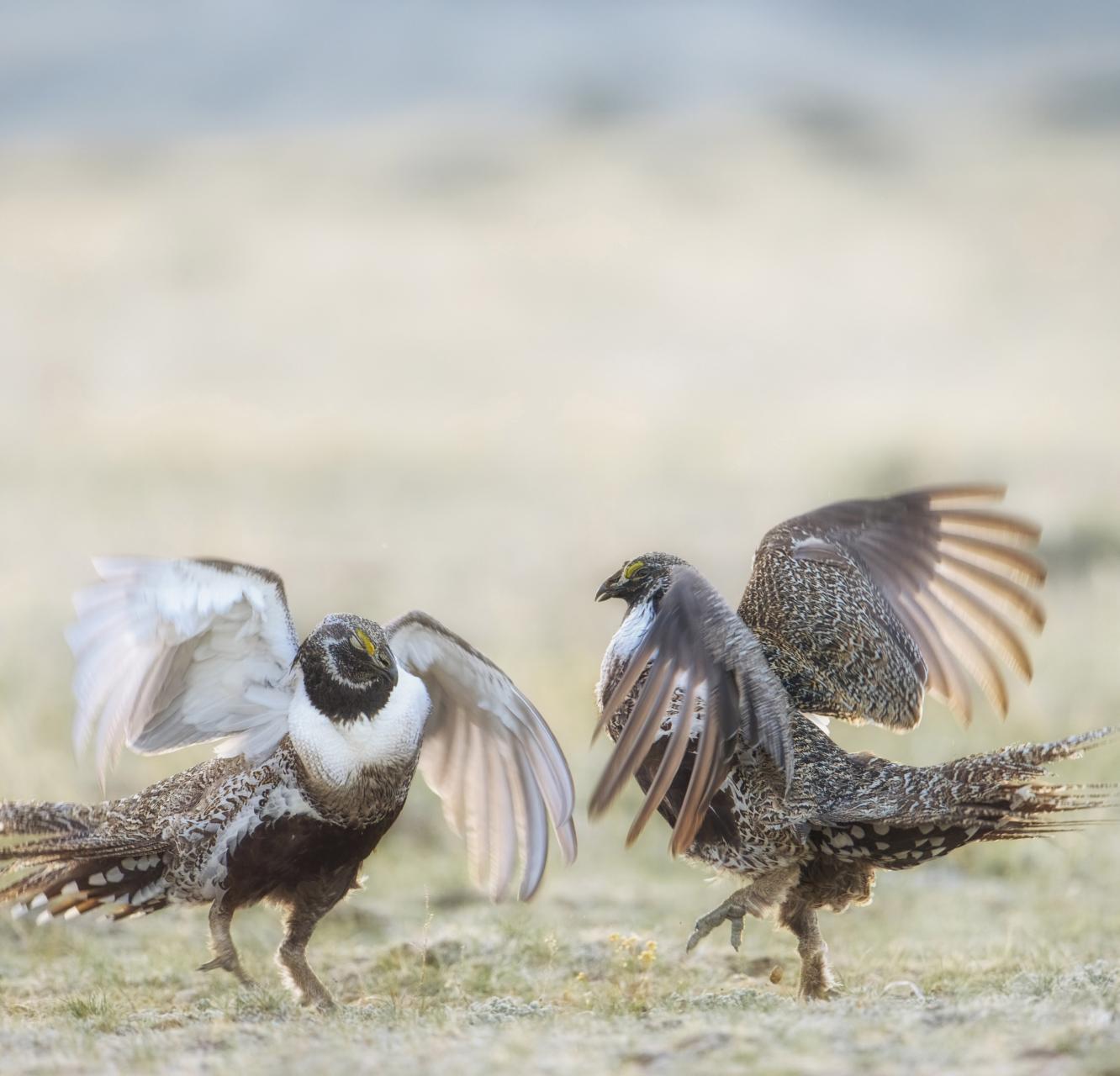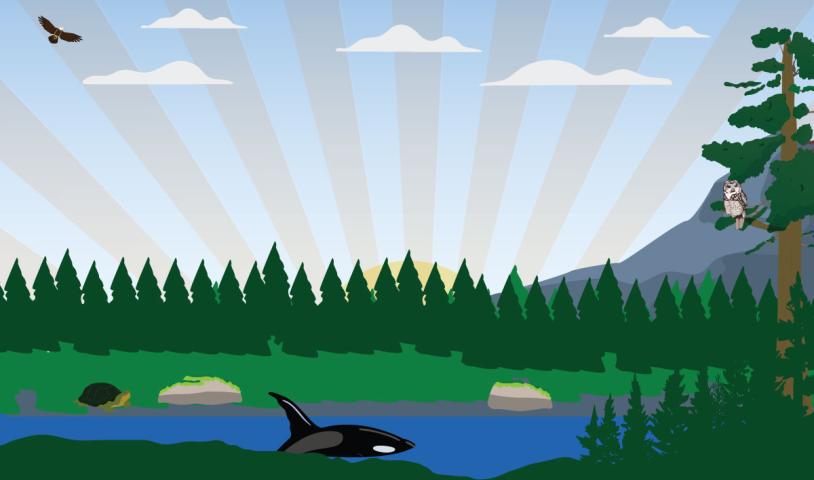Battle to save the antelope brush desert
Sunday, July 19, 2009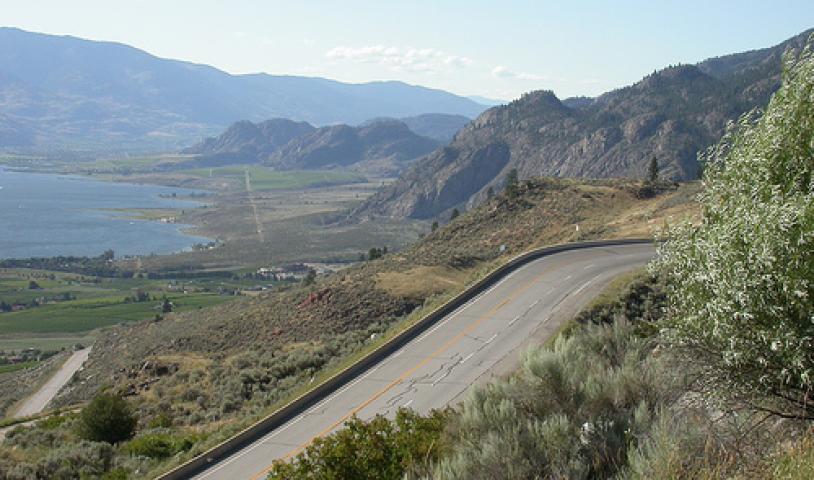
Photo: DawnD's photostream, Flickr, Creative Commons - Osoyoos desert lands
It should be a slam dunk to preserve what remains of this threatened region, but this is B.C.
It was mid-morning when I left the air-conditioned comfort of my car for a stroll amid the antelope brush but the sun already beat down like a great bronze hammer.
The sky was cloudless. A brassy taste of dust lingered on the still air. Heat waves shimmered over exposed rock faces.Temperatures can top 40 degrees on these flats at the north end of the great Sonoran desert and the region has the lowest annual rainfall in Canada.
In the distance, sprinklers irrigating an orchard broke the silence. They signalled a startling, vivid line of luxuriant green edging the arid, khaki-coloured landscape.
This contrast of lush, well-watered fruit trees and sparse desert bunch grass marks the dramatic front line in the South Okanagan's century-old conflict between the fragile wild ecosystem that makes the place distinct and the powerful forces of residential development and agriculture which destroy it to create resorts, golf courses, RV parks, shopping malls, hay fields, orchards and vineyards.
Today, less than 10 per cent of the open antelope brush landscape survives in a relatively undisturbed form. Over the last 100 years more than 60 per cent of this rare Canadian ecosystem has been destroyed outright by settlement and most of the remainder has been extensively disturbed by grazing livestock and invaded by alien plant species such as knapweed, Dalmatian toadflax and cheatgrass.
Since 2003, the federal government has been studying whether a new national park reserve should be established in the South Okanagan and the adjacent Similkameen Valley, itself threatened by extensive flooding from a proposed dam in the United States.
Environmentalists and naturalists favour preserving what's left and restoring some of what isn't. Ranchers with grazing leases on Crown land, developers and other interest groups including some hunters, don't agree. Local newspapers crackle with the sniping of letter writers from both sides.
Some, however, believe a big part of the solution is educating the public about the value of a unique landscape.
Which was why I was visiting this tiny desert salient tucked between Highway 97 where it runs south to the United States and Highway 3 where it climbs toward Richter Pass and the Similkameen.
I first visited this site when the Desert Centre was only a concept of the Osoyoos Desert Society. Now a small educational centre with hands-on exhibits prepares visitors for several kilometres of elevated boardwalk.
The remarkable antelope brush is a scrubby, nondescript shrub with drab leaves and scraggly black branches that has been called the iceberg of the plant kingdom because most of it is out of sight in a vast root system adapted to extract water from up to five metres underground.
Yet antelope brush is a crucial contributor to the desert environment. It provides important forage and habitat for more than 100 species from California bighorn sheep to the tiniest insects.
How rare is this ecosystem? Only 0.3 per cent of British Columbia is covered by the Interior grasslands and only 0.2 per cent of those grasslands comprise the antelope brush ecosystem.
Fewer than 5,000 hectares survive, making it one of the four most endangered in Canada.
Yet this thumbnail of territory provides critical habitat for 22 per cent of the threatened and endangered vertebrates in the province.
Here you'll find two of B.C.'s most unusual and intriguing animals, the ghost-like pallid bat, which hunts by night for scorpions, and the pygmy short-horned lizard. Canada's only native praying mantis lives in this sliver of desert. So do the rare Mormon Metalmark butterfly, the darkling beetle, the night snake and needle-and-thread grass.
Almost 15 years ago, biologists in the provincial environment ministry gravely warned that "delay in conservation efforts will have disastrous consequences."
Yet here we are, now ending the first decade of a new century, the bureaucracy still grinding slowly towards its decision while spineless politicians dither and special interests bellyache because they fear they won't be able to exploit every last millimetre of a unique and beautiful landscape that's already better than 90 per cent gone.
The need to preserve what's left of the antelope brush desert for its rare and endangered inhabitants should make a new national park here a slam dunk.
But this is B.C., where the strip mall rules and those who will always put dollars before the life of a spadefoot toad or a pallid bat often trump conservation concerns.
FUNDRAISER COMING UP
The volunteer, non-profit Osoyoos Desert Society is holding its annual fundraiser on Aug. 8.
Tickets to Romancing the Desert are $60. There are gourmet food and wine pairings, a guided boardwalk tour, a silent auction and, perhaps best of all, a chance to "experience the beauty of the desert under the light of a full moon."
Information about the event can be found at www.desert.org and by e-mail at mail@desert.org or by phone at 1-877-899-0897.
